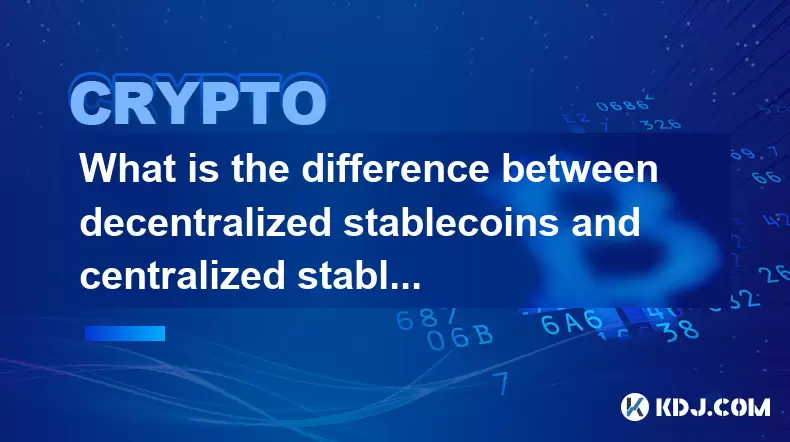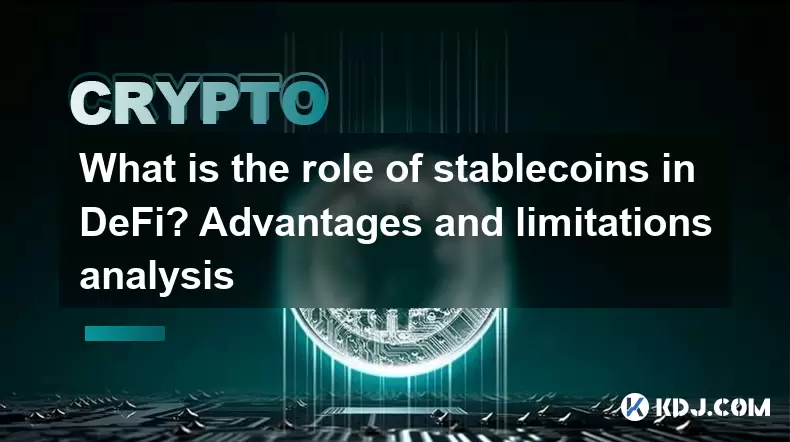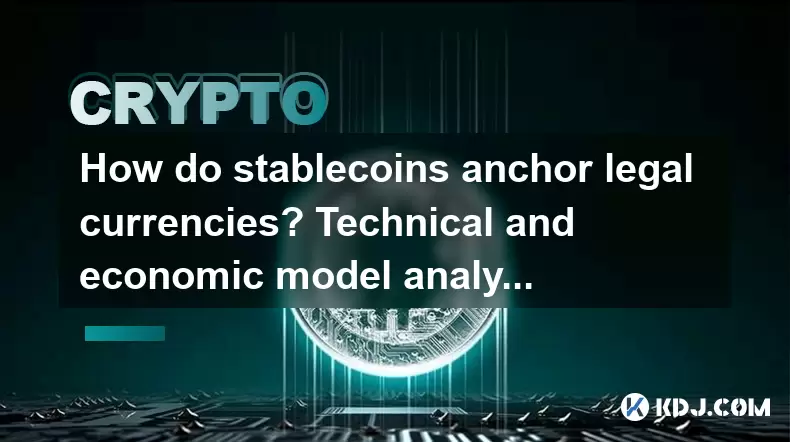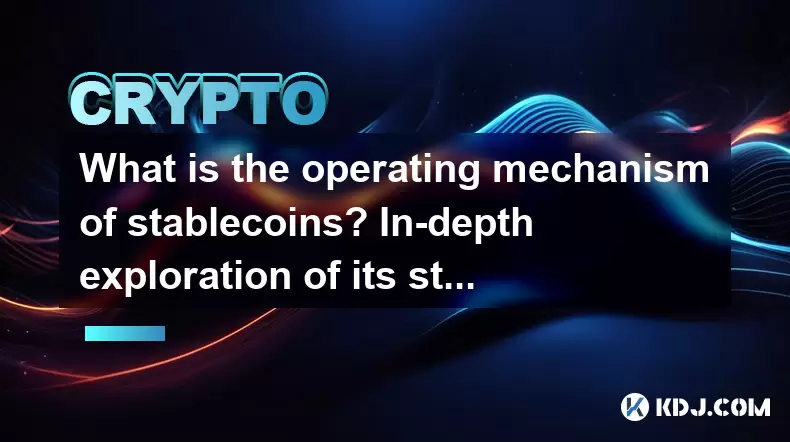-
 Bitcoin
Bitcoin $99,594.2189
-3.59% -
 Ethereum
Ethereum $2,188.5793
-9.00% -
 Tether USDt
Tether USDt $1.0001
-0.02% -
 XRP
XRP $1.9745
-5.82% -
 BNB
BNB $608.9511
-3.73% -
 Solana
Solana $130.4575
-5.93% -
 USDC
USDC $1.0000
0.01% -
 TRON
TRON $0.2637
-3.59% -
 Dogecoin
Dogecoin $0.1493
-5.97% -
 Cardano
Cardano $0.5322
-6.72% -
 Hyperliquid
Hyperliquid $33.9044
3.33% -
 Bitcoin Cash
Bitcoin Cash $449.6411
-5.46% -
 UNUS SED LEO
UNUS SED LEO $8.9629
0.43% -
 Sui
Sui $2.3943
-8.35% -
 Chainlink
Chainlink $11.4402
-7.83% -
 Stellar
Stellar $0.2241
-6.49% -
 Avalanche
Avalanche $16.1489
-4.24% -
 Toncoin
Toncoin $2.7182
-5.94% -
 Shiba Inu
Shiba Inu $0.0...01040
-5.72% -
 Litecoin
Litecoin $78.7882
-4.07% -
 Ethena USDe
Ethena USDe $1.0004
-0.01% -
 Hedera
Hedera $0.1305
-7.45% -
 Monero
Monero $297.0030
-5.32% -
 Dai
Dai $0.9997
-0.02% -
 Polkadot
Polkadot $3.1834
-6.03% -
 Bitget Token
Bitget Token $3.9788
-7.03% -
 Uniswap
Uniswap $6.1327
-10.62% -
 Pepe
Pepe $0.0...08689
-8.30% -
 Pi
Pi $0.4826
-9.65% -
 Aave
Aave $219.8043
-9.69%
What types of stablecoins are there? What are their characteristics?
Stablecoins, including fiat, crypto, algorithmic, commodity, and hybrid types, offer stability in the volatile crypto market, each with unique mechanisms to maintain their peg.
May 17, 2025 at 10:36 pm

Stablecoins have become a crucial part of the cryptocurrency ecosystem, offering a more stable value compared to the highly volatile nature of other cryptocurrencies. They are designed to peg their value to a specific asset or basket of assets, making them a preferred choice for various applications within the crypto space. In this article, we will explore the different types of stablecoins and their characteristics.
Fiat-Collateralized Stablecoins
Fiat-collateralized stablecoins are the most straightforward type of stablecoins. They are backed by a reserve of fiat currency, typically held in bank accounts or other secure financial instruments. The value of these stablecoins is pegged to the value of the fiat currency they are backed by, usually the US dollar.
- Examples: Tether (USDT), USD Coin (USDC), and Binance USD (BUSD) are popular fiat-collateralized stablecoins.
- Characteristics: These stablecoins offer a high level of stability and are widely used for trading, remittances, and as a safe haven within the crypto market. However, they require trust in the issuing entity to hold and manage the fiat reserves properly.
- Operational Process: To issue a fiat-collateralized stablecoin, the issuer must first deposit an equivalent amount of fiat currency into a reserve. They then mint the stablecoin and distribute it to users. When users want to redeem their stablecoins, they can send them back to the issuer, who will then release the corresponding amount of fiat currency from the reserve.
Crypto-Collateralized Stablecoins
Crypto-collateralized stablecoins are backed by other cryptocurrencies, usually held in smart contracts on a blockchain. These stablecoins use overcollateralization to maintain their peg, meaning that the value of the collateral must exceed the value of the stablecoins issued.
- Examples: DAI, issued by MakerDAO, is a prominent example of a crypto-collateralized stablecoin.
- Characteristics: These stablecoins are decentralized and do not require trust in a central entity. However, they are subject to the volatility of the underlying cryptocurrencies used as collateral, which can lead to liquidation events if the collateral value drops significantly.
- Operational Process: To create a crypto-collateralized stablecoin, users must lock up a certain amount of cryptocurrency as collateral in a smart contract. The smart contract then issues the stablecoin based on the value of the collateral. If the value of the collateral falls below a certain threshold, the smart contract may liquidate the collateral to maintain the peg.
Algorithmic Stablecoins
Algorithmic stablecoins use algorithms and smart contracts to maintain their peg without any collateral. They rely on a system of supply and demand adjustments to keep their value stable.
- Examples: Ampleforth (AMPL) and Basis Cash (BAC) are examples of algorithmic stablecoins.
- Characteristics: These stablecoins are highly experimental and can be more volatile than other types. They do not require collateral, making them more decentralized, but they also face challenges in maintaining their peg during extreme market conditions.
- Operational Process: Algorithmic stablecoins use a variety of mechanisms to adjust their supply. For example, if the price of the stablecoin rises above its peg, the algorithm may increase the supply to bring the price back down. Conversely, if the price falls below the peg, the algorithm may reduce the supply to increase the price.
Commodity-Collateralized Stablecoins
Commodity-collateralized stablecoins are backed by physical commodities such as gold or silver. These stablecoins aim to provide a stable value by pegging their price to the value of the commodity.
- Examples: Pax Gold (PAXG) and Digix Gold (DGX) are examples of commodity-collateralized stablecoins.
- Characteristics: These stablecoins offer a hedge against inflation and currency devaluation, as the value of commodities like gold tends to be more stable over time. However, they require trust in the issuer to hold and manage the physical commodity reserves.
- Operational Process: To issue a commodity-collateralized stablecoin, the issuer must first acquire and store the physical commodity. They then mint the stablecoin and distribute it to users. When users want to redeem their stablecoins, they can send them back to the issuer, who will then release the corresponding amount of the commodity from the reserve.
Hybrid Stablecoins
Hybrid stablecoins combine elements of different types of stablecoins to create a more robust and stable system. They may use a combination of fiat, crypto, and algorithmic mechanisms to maintain their peg.
- Examples: TerraUSD (UST) is an example of a hybrid stablecoin that uses a combination of algorithmic and crypto-collateralized mechanisms.
- Characteristics: These stablecoins aim to leverage the strengths of different types of stablecoins while mitigating their weaknesses. They can offer a more stable value and greater flexibility in maintaining their peg.
- Operational Process: The operational process for hybrid stablecoins can vary depending on their specific design. For example, TerraUSD uses a combination of a decentralized stablecoin protocol and a collateralized reserve to maintain its peg. Users can mint and burn UST by interacting with the Terra protocol, which adjusts the supply based on market conditions.
Frequently Asked Questions
Q: How do stablecoins maintain their peg to the underlying asset?
A: Stablecoins maintain their peg through various mechanisms depending on their type. Fiat-collateralized stablecoins rely on reserves of fiat currency, crypto-collateralized stablecoins use overcollateralization and smart contracts, algorithmic stablecoins adjust their supply based on market conditions, commodity-collateralized stablecoins are backed by physical commodities, and hybrid stablecoins combine multiple mechanisms.
Q: Are stablecoins regulated?
A: The regulation of stablecoins varies by jurisdiction. Some countries have specific regulations for stablecoins, while others treat them as part of broader cryptocurrency regulations. Issuers of fiat-collateralized and commodity-collateralized stablecoins often need to comply with financial regulations related to holding and managing reserves.
Q: Can stablecoins be used for everyday transactions?
A: Yes, stablecoins can be used for everyday transactions, especially in regions where traditional banking infrastructure is limited. They offer a stable value and can be used for remittances, online purchases, and other financial transactions. However, their adoption for everyday use depends on factors such as merchant acceptance and regulatory environment.
Q: What are the risks associated with stablecoins?
A: The risks associated with stablecoins include the potential for the issuer to mismanage reserves, the volatility of the underlying collateral in crypto-collateralized stablecoins, the difficulty in maintaining the peg in algorithmic stablecoins, and regulatory risks. Users should carefully consider these risks before using stablecoins.
Disclaimer:info@kdj.com
The information provided is not trading advice. kdj.com does not assume any responsibility for any investments made based on the information provided in this article. Cryptocurrencies are highly volatile and it is highly recommended that you invest with caution after thorough research!
If you believe that the content used on this website infringes your copyright, please contact us immediately (info@kdj.com) and we will delete it promptly.
- BTC, Iran Strike, and Markets: Navigating Geopolitical Tensions
- 2025-06-23 10:25:12
- MAGACOIN, Ethereum, Avalanche: A New Wave or Legacy Chains?
- 2025-06-23 10:25:12
- BlockDAG, Crypto Coins, and Leading Trends: What's Hot in 2025?
- 2025-06-23 10:45:12
- PEPE Exit, SUI Calls, and BlockDAG Coin: What's the Smart Money Doing?
- 2025-06-23 10:45:12
- Grant Cardone, Bitcoin, and Expansion: A New York State of Mind
- 2025-06-23 11:05:11
- BTC, $99K, Chaos: A Crypto Market Rollercoaster
- 2025-06-23 11:25:12
Related knowledge

What is the difference between decentralized stablecoins and centralized stablecoins? Pros and cons comparison
Jun 15,2025 at 09:42am
What Are Stablecoins and Why Do They Matter?Stablecoins are a category of cryptocurrencies designed to maintain a stable value, usually pegged to an external asset such as the U.S. dollar, gold, or even other fiat currencies. Their primary purpose is to reduce the volatility typically associated with cryptocurrencies like Bitcoin or Ethereum. This stabi...

What is the role of stablecoins in DeFi? Advantages and limitations analysis
Jun 14,2025 at 06:28am
Understanding Stablecoins in the DeFi EcosystemStablecoins play a pivotal role in the decentralized finance (DeFi) landscape by providing a bridge between volatile cryptocurrencies and traditional fiat currencies. Unlike Bitcoin or Ethereum, stablecoins are designed to maintain a consistent value, typically pegged to assets like the US Dollar or gold. T...

How do algorithmic stablecoins work? Potential risks and market impact
Jun 12,2025 at 02:07pm
Understanding Algorithmic StablecoinsAlgorithmic stablecoins are a type of cryptocurrency designed to maintain a stable value relative to a specific asset, usually the US dollar. Unlike traditional stablecoins like Tether (USDT) or USD Coin (USDC), which are backed by reserves such as cash or short-term bonds, algorithmic stablecoins rely on smart contr...

How do stablecoins anchor legal currencies? Technical and economic model analysis
Jun 16,2025 at 08:43am
Understanding the Concept of StablecoinsStablecoins are a category of cryptocurrencies designed to maintain a stable value relative to a specific asset, most commonly fiat currencies like the U.S. dollar or Euro. Unlike volatile cryptocurrencies such as Bitcoin and Ethereum, stablecoins aim to provide price stability by anchoring their value to an exter...

How do stablecoins maintain price stability? Principles and risk analysis
Jun 11,2025 at 12:01am
Understanding the Mechanisms Behind Stablecoin StabilityStablecoins are a category of cryptocurrencies designed to minimize price volatility, often pegging their value to a fiat currency such as the US dollar. The core principle behind stablecoins is to offer the benefits of blockchain technology—like fast and decentralized transactions—while maintainin...

What is the operating mechanism of stablecoins? In-depth exploration of its stability principle
Jun 10,2025 at 09:28pm
Understanding the Core Concept of StablecoinsStablecoins are a unique category within the cryptocurrency market, designed to address one of the most significant drawbacks of traditional cryptocurrencies: price volatility. Unlike Bitcoin or Ethereum, which can experience dramatic price swings in short periods, stablecoins aim to maintain a stable value r...

What is the difference between decentralized stablecoins and centralized stablecoins? Pros and cons comparison
Jun 15,2025 at 09:42am
What Are Stablecoins and Why Do They Matter?Stablecoins are a category of cryptocurrencies designed to maintain a stable value, usually pegged to an external asset such as the U.S. dollar, gold, or even other fiat currencies. Their primary purpose is to reduce the volatility typically associated with cryptocurrencies like Bitcoin or Ethereum. This stabi...

What is the role of stablecoins in DeFi? Advantages and limitations analysis
Jun 14,2025 at 06:28am
Understanding Stablecoins in the DeFi EcosystemStablecoins play a pivotal role in the decentralized finance (DeFi) landscape by providing a bridge between volatile cryptocurrencies and traditional fiat currencies. Unlike Bitcoin or Ethereum, stablecoins are designed to maintain a consistent value, typically pegged to assets like the US Dollar or gold. T...

How do algorithmic stablecoins work? Potential risks and market impact
Jun 12,2025 at 02:07pm
Understanding Algorithmic StablecoinsAlgorithmic stablecoins are a type of cryptocurrency designed to maintain a stable value relative to a specific asset, usually the US dollar. Unlike traditional stablecoins like Tether (USDT) or USD Coin (USDC), which are backed by reserves such as cash or short-term bonds, algorithmic stablecoins rely on smart contr...

How do stablecoins anchor legal currencies? Technical and economic model analysis
Jun 16,2025 at 08:43am
Understanding the Concept of StablecoinsStablecoins are a category of cryptocurrencies designed to maintain a stable value relative to a specific asset, most commonly fiat currencies like the U.S. dollar or Euro. Unlike volatile cryptocurrencies such as Bitcoin and Ethereum, stablecoins aim to provide price stability by anchoring their value to an exter...

How do stablecoins maintain price stability? Principles and risk analysis
Jun 11,2025 at 12:01am
Understanding the Mechanisms Behind Stablecoin StabilityStablecoins are a category of cryptocurrencies designed to minimize price volatility, often pegging their value to a fiat currency such as the US dollar. The core principle behind stablecoins is to offer the benefits of blockchain technology—like fast and decentralized transactions—while maintainin...

What is the operating mechanism of stablecoins? In-depth exploration of its stability principle
Jun 10,2025 at 09:28pm
Understanding the Core Concept of StablecoinsStablecoins are a unique category within the cryptocurrency market, designed to address one of the most significant drawbacks of traditional cryptocurrencies: price volatility. Unlike Bitcoin or Ethereum, which can experience dramatic price swings in short periods, stablecoins aim to maintain a stable value r...
See all articles

























































































